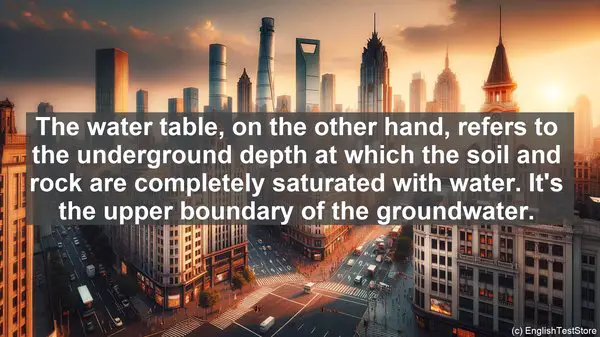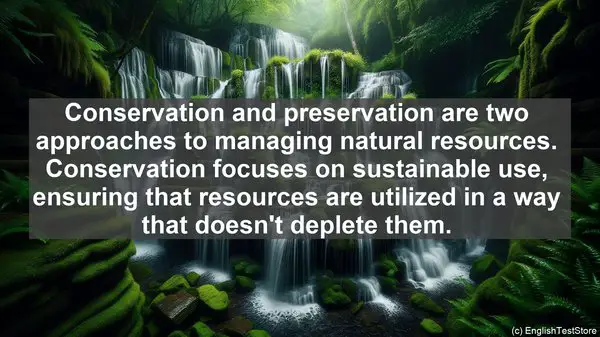Introduction
Today, we’re going to dive into the world of forest management and conservation. It’s an exciting field, but it can also be confusing, especially when it comes to certain words. In this lesson, we’ll unravel the meanings of the top 10 commonly confused words in this domain. So, let’s get started!
1. Biodiversity vs. Species Diversity
Biodiversity refers to the variety of life forms in a particular ecosystem, including plants, animals, and microorganisms. On the other hand, species diversity focuses specifically on the number and abundance of different species in an area. While they are related, biodiversity is a broader term that encompasses species diversity.
2. Deforestation vs. Reforestation
Deforestation refers to the permanent removal of trees from a forested area, often for agricultural or urban development. Reforestation, on the other hand, is the process of replanting trees in an area that has been deforested. It’s a crucial step in restoring the ecological balance.
3. Sustainable vs. Unsustainable
Sustainable practices are those that can be maintained over the long term without depleting resources or causing harm to the environment. Unsustainable practices, on the other hand, have a negative impact and are not viable in the long run. In forest management, the goal is to adopt sustainable practices to ensure the health and longevity of the ecosystem.
4. Ecosystem vs. Habitat
An ecosystem refers to a community of living organisms, along with their physical environment, and the interactions between them. It’s a complex web of relationships. A habitat, on the other hand, is a specific place within an ecosystem where a particular organism or species lives. Think of the ecosystem as the bigger picture, and the habitat as a smaller, more localized area within it.
5. Endangered vs. Threatened
When we talk about species, ‘endangered’ and ‘threatened’ are two terms that often come up. An endangered species is one that is at risk of extinction, with very few individuals remaining. A threatened species, on the other hand, is one that is likely to become endangered in the near future if conservation measures are not taken. Both categories require attention and conservation efforts.
6. Carbon Footprint vs. Carbon Offset
Carbon footprint refers to the total amount of greenhouse gases, primarily carbon dioxide, emitted as a result of human activities. It’s a measure of our impact on climate change. Carbon offset, on the other hand, is a way to compensate for those emissions by supporting projects that reduce or remove greenhouse gases from the atmosphere. It’s a step towards balancing out our carbon footprint.

7. Prescribed Burn vs. Wildfire
Both prescribed burns and wildfires involve the burning of vegetation. However, there’s a crucial difference. A prescribed burn is a planned and controlled fire, often used in forest management to achieve specific objectives, such as reducing fuel load or promoting new growth. A wildfire, on the other hand, is an uncontrolled fire that can cause significant damage. While prescribed burns are carefully managed, wildfires can be destructive and pose risks to both human and natural communities.
8. Invasive vs. Native Species
Invasive species are those that are not native to a particular ecosystem but are introduced, either intentionally or unintentionally. These species can have a detrimental impact on the native flora and fauna, often outcompeting them for resources. Native species, on the other hand, are those that naturally occur in a given area. Maintaining the balance between native and invasive species is crucial for ecosystem health.
9. Watershed vs. Water Table
A watershed is an area of land where all the water, such as rainfall or snowmelt, drains into a common point, such as a river or lake. It’s like a giant natural basin. The water table, on the other hand, refers to the underground depth at which the soil and rock are completely saturated with water. It’s the upper boundary of the groundwater. Both concepts are important in understanding water flow and availability.
10. Conservation vs. Preservation
Conservation and preservation are two approaches to managing natural resources. Conservation focuses on sustainable use, ensuring that resources are utilized in a way that doesn’t deplete them. Preservation, on the other hand, aims to protect resources by keeping them in their natural state, often with minimal human intervention. Both approaches have their place, depending on the specific context and goals.

